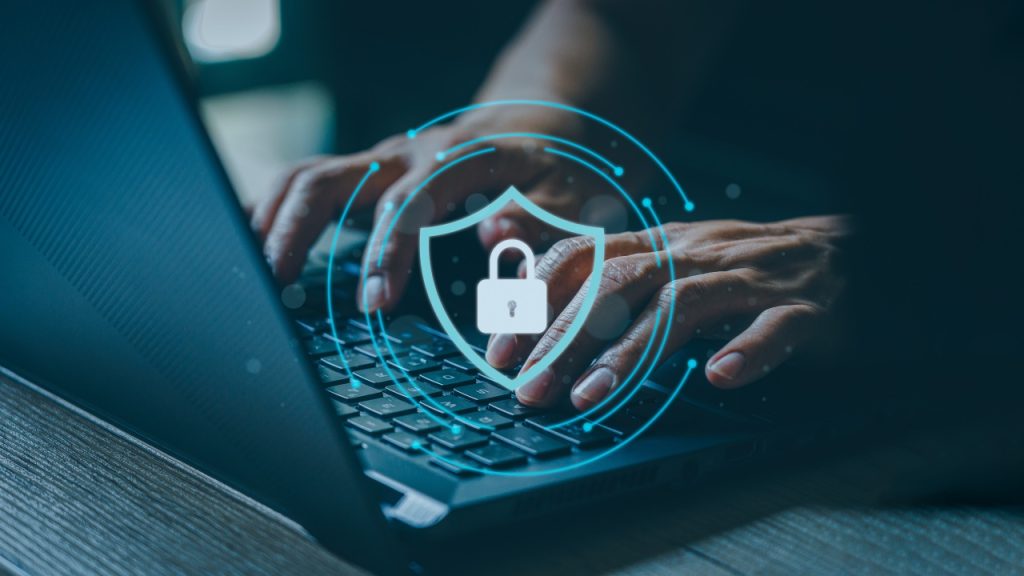Artificial intelligence (AI) is changing security systems. These advancements improve safety and efficiency. Traditional security methods often fail to handle modern threats. AI systems provide real-time data processing, predictive analytics, and automated responses, improving security in various areas, including businesses, public spaces, and homes.
Here are some popular trends in the AI industry.
Smart Surveillance
Smart surveillance systems change how we monitor areas. Cameras with AI technology analyze footage for unusual activities. They can spot suspicious behaviour immediately, which helps reduce response times. Unlike traditional cameras that require manual monitoring, AI systems watch the data continuously and alert security staff about potential threats.
Facial recognition technology further improves smart surveillance. It helps identify people in crowded places quickly, making it easier to respond to incidents and keeping the environment safe. Businesses use these systems to protect their properties and ensure the safety of employees and customers.
Access Control
Access control systems are also changing with AI. New technology is making it easier for people to enter secured areas. Instead of keycards, we now have biometric solutions like fingerprint readers, facial recognition, and retina scans. These methods are more secure and reduce the risk of unauthorized access.
AI examines user behaviour to find access patterns and spot any unusual activities that could suggest a security risk. Based on this analysis, organizations can change their responses, creating a stronger security system. As more businesses adopt remote work, secure and efficient access control becomes even more important.
Weapons Detection Systems
Weapons detection systems are crucial for modern security. AI technology helps identify guns and other weapons, improving safety in high-risk areas. These systems work well in crowded venues, schools, and transportation hubs, providing proactive security.
These detection systems use advanced imaging technology and machine learning to find potential threats while minimizing disruptions. They fit into security protocols, emphasizing safety and understanding for those involved. The goal is to enhance safety for communities and organizations.
Connecting Cybersecurity and Physical Security
Cybersecurity and physical security are more connected than ever. AI systems can monitor and analyze network behaviour patterns to find weaknesses people might overlook. This proactive approach helps organizations defend against cyber threats. AI can also adapt to new risks, allowing for real-time threat detection and quick responses.
In addition to monitoring, AI also provides predictive threat intelligence. This means it can identify possible attacks before they happen. Strong cybersecurity is essential as our daily lives depend more on connected devices. Combining physical security with cybersecurity creates a complete safety plan that protects assets, data, and people in many areas.
Using Data Analytics
Data analytics improves the effectiveness of AI security systems. Security measures gain actionable insights by collecting and analyzing large amounts of information. This knowledge helps organizations adjust their security strategies based on real data rather than guesses.
AI systems can spot trends and unusual behaviour among users, enabling them to change security protocols as needed. This informed approach keeps security adaptable and responsive to new threats. The advantage is a higher level of readiness without overloading security staff with too much information.
Innovations in Home Security
According to We Are The In Crowd, home security systems also reflect the latest AI trends. Smart home devices use AI to improve security in everyday situations. Homeowners can monitor their properties from afar using cameras, motion sensors, and alarms. These smart devices provide peace of mind by allowing customizable security settings and real-time alerts.
Linking these devices with other smart home technologies, like lighting and smart doorbells, creates a connected security network. AI learns homeowners’ habits to keep these systems efficient and effective at preventing threats. Embracing these innovations enables homeowners to take proactive security measures for their properties.
Caroline is doing her graduation in IT from the University of South California but keens to work as a freelance blogger. She loves to write on the latest information about IoT, technology, and business. She has innovative ideas and shares her experience with her readers.






